Table of contents
Amazon URLs can be confusing. Sometimes they are super short and other times they are three lines long. So, what exactly is all that stuff in between?
As it turns out, an Amazon URL, or link path, tells Amazon an incredible amount of information and can be a powerful tool with your book rankings – if you know how to harness them or even control them!
More importantly, understanding what these links tell Amazon, can give you a major advantage in the market.
Don’t believe me?
Check out what we’ll be learning in this article and what kind of benefits understanding Amazon link structures will have on your sales:
- Basic Amazon URL anatomy
- How to conduct an Amazon search by ISBN
- How to hide your footprint while getting reviews – stop getting non-family related reviews removed!
Yeah, you read that last one right.
Using the right links can help ensure reviews from your fans and friends don’t get deleted AND can even give you a leg up in searching amazon via an ISBN.
Amazon Link Anatomy 101
But before we can dive into those two amazing benefits, you’ll need to understand the anatomy of an Amazon link and what all that gobbledygook at the end of the Amazon URL means.
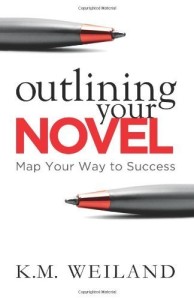
Once you understand this basic link structure, you can start constructing your own Amazon links which can give you strong returns.
For the remainder of this article, I'm going to be using the book Outlining Your Novel by the uber talented author, K.M. Wieland. Katie is also the creator of one of my favorite writing websites, Helping Writers Become Authors and I highly recommend you check it out.
And with that, let's begin!
The first thing we need to understand is that there are multiple Amazon websites. While each has the name of “Amazon” , which market you go to is predicated by the Top Level Domain (TLD) at the end. So, if you want to go to the US market, then type in “.com” at the end. If you want to go to Amazon's China website, then type in “.cn” at the end.
Here is a complete list of those Amazon markets and their TLD.
United States: Amazon.com
United Kingdom: Amazon.co.uk
Canada: Amazon.ca
Germany: Amazon.de
France: Amazon.fr
Japan: Amazon.co.jp
Brazil: Amazon.br
Austria: Amazon.at
Italy: Amazon.it
Spain: Amazon.es
China: Amazon.cn
Mexico: Amazon.com.mx
Australia: Amazon.com.au
Netherlands: Amazon.nl
India: Amazon.in
For the examples below, I'll use the US version, which is “Amazon.com.” However, if you want to apply the below information to the Canadian market, then all you'll need to do is remove the “.com” and add the “.ca” to all the links below.
Simple, right? Well, let's crank it up a notch.
When you go to Amazon.com and type in a search term like “Outline a novel”, you'll get the following resulting Amazon link:
But let’s take a deep look at that Amazon Search URL and dissect it a little to see what it all means.
&field-keyword=
This is what Amazon uses to identify which search results to show based on the keyword phrase you placed in it. In this case, it has identified that we searched for: “outline+a+novel” with “+” separating the words.
/s/?url=search-alias

This is how Amazon tells itself to use the A9 Amazon search algorithm and create a search results page, automatically sorting books by the rankings for that particular keyword term.
Back in the day when I was searching for my own book's link, I would go to Amazon.com, type in the title of my book, click on it, and copy that page's URL.
However, using that URL is a big mistake and I'll show you why.
If you did something like that, the link would look like this:

So, what is all of that?
For brevity sake, I am only going to focus on the parts you need to know about your book's Amazon sales page.
Your book's ASIN or 10-Digit ISBN

Each book on Amazon is assigned a 10-digit Amazon Standard Identification Number (ASIN) whenever a book doesn't have an ISBN number. If your book has a 13-digit ISBN, then Amazon will use the 10 digit version of the ISBN.
IMPORTANT NOTE: It is because of this that if you publish your book first on CreateSpace, and then publish a Kindle version, the CreateSpace book will rule and show up first on an “all categories” Amazon search.
We'll talk more about this a little later, but for now, just understand that number will play a big part in the “perfect link”.
Amazon Keywords Used to Find the Book

Like our search query, this link shows the keywords we used in which to find the book. It's fun to look at what other people typed to find their own book when they send me this long link.
The Tattle-Tale Tag

Okay, there is no official name for this tag, so I am going to deem it the “Tattle-Tale” tag. As far as I can tell, this is a time stamp and a marking for your unique search and selection. This number tells amazon that at this particular time, your account made this page results.
Notice that the first time I did the search, the number was 1449906235
Now, when I do the same search using the same account and same IP address, I get the same exact link, except that this time the tattle-tale tag has changed to 1449907742
Therefore, as you can see, using a full-width URL on a search will leave a trail that goes back to you! Now, this doesn't mean that everyone who clicks on that link, buys the book and leaves a review is going to have their review removed. However, it does give a trail that leads back to you and it is my belief that this could increase your chances of having those reviews removed.
I conducted some experiments over time and found that a higher percentage of review attempts from the long URL were removed. However, this is from statistics and not fact. After all, Amazon doesn't exactly tell us what they use to remove reviews.
Makes sense though, right?

This is the form of the link that you would want to send to your fans so as to ensure that there are no identifiable markings, tags, or whatever, that will connect you to it.
Just the raw link that includes an abbreviated title/subtitle sub-URL and the ASIN.
For More Information of Why Reviews Get Deleted
So, we talked about the importance of the link, but check out the video below to learn more about what else can get your reviews deleted:
Want more videos like this? Then click HERE to subscribe to my YouTube channel
Like we discussed above, the ASIN and ISBN (10 and 13-digit version), are actually interchangeable.
So to help you find what you are looking for when searching for books via an ISBN, ASIN, or 10-digit ISBN, I've developed a quick cheat sheet to use. Plus, understanding how these numbers work and are intertwined within Amazon, will help you with understanding your own link structure creation.
Conducting an Amazon ISBN Search
If you have the ISBN of a book and want to find that particular book on Amazon, then use Amazon's advanced search located here: https://www.amazon.com/advanced-search/books
Fill in the ISBN number and Amazon will take you directly to it.
Need Help with Your Keywords?
Take my full featured video course on how to select the best keywords and categories for your book.
Take the CourseConverting an ASIN to an ISBN
If you pulled the ASIN from an Amazon URL like we discussed above, you can convert it to a 10-digit ISBN or 13-Digit ISBN by using the following ASIN to ISBN converter: https://www.barcoderobot.com/asin-ean/
Converting ISBN to ASIN
Again, if a book has an ISBN, then the 10-digit version of the ISBN will be the acting ASIN (for the purpose of building the Amazon search URL). All you need to do is just place the 13-digit ISBN number into the Library of Congress' ISBN converter and it will produce the 10-digit version which will act as your ASIN.
Which Link Should You Send to Your Fans?
So, let's go over what we've learned.
If you do the method of searching for your book, finding it and clicking on it, and using that URL, you'll leave a tag that attaches your account to that link and lets Amazon know that you sent the link to whoever clicked it. This causes a red flag and heightens the probability that the review is tainted and will be deleted.
Again, that's not always the case, but it's just one more way of telling Amazon that you have a connection to that person.
So, the best link to send to someone is the following:

NOT this one:

Plus if you are an Amazon keyword person like me, you definitely don't want to show everyone which keywords your book is ranking for by sending out the link directly above. That's like broadcasting “hey guys, this is my keyword phrase that is totally making my book get bought by more people.”
Alrighty, well thank you for sticking to the end and reading all about the wacky wild world of what an Amazon search URL is, the perfect Amazon links for reviews, and conducting an Amazon search ISBN function.
Cheers,





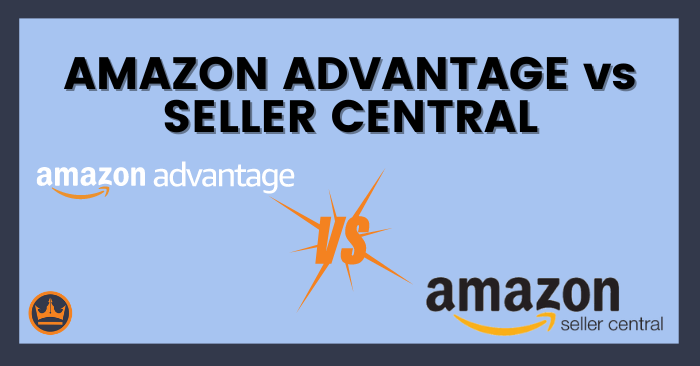
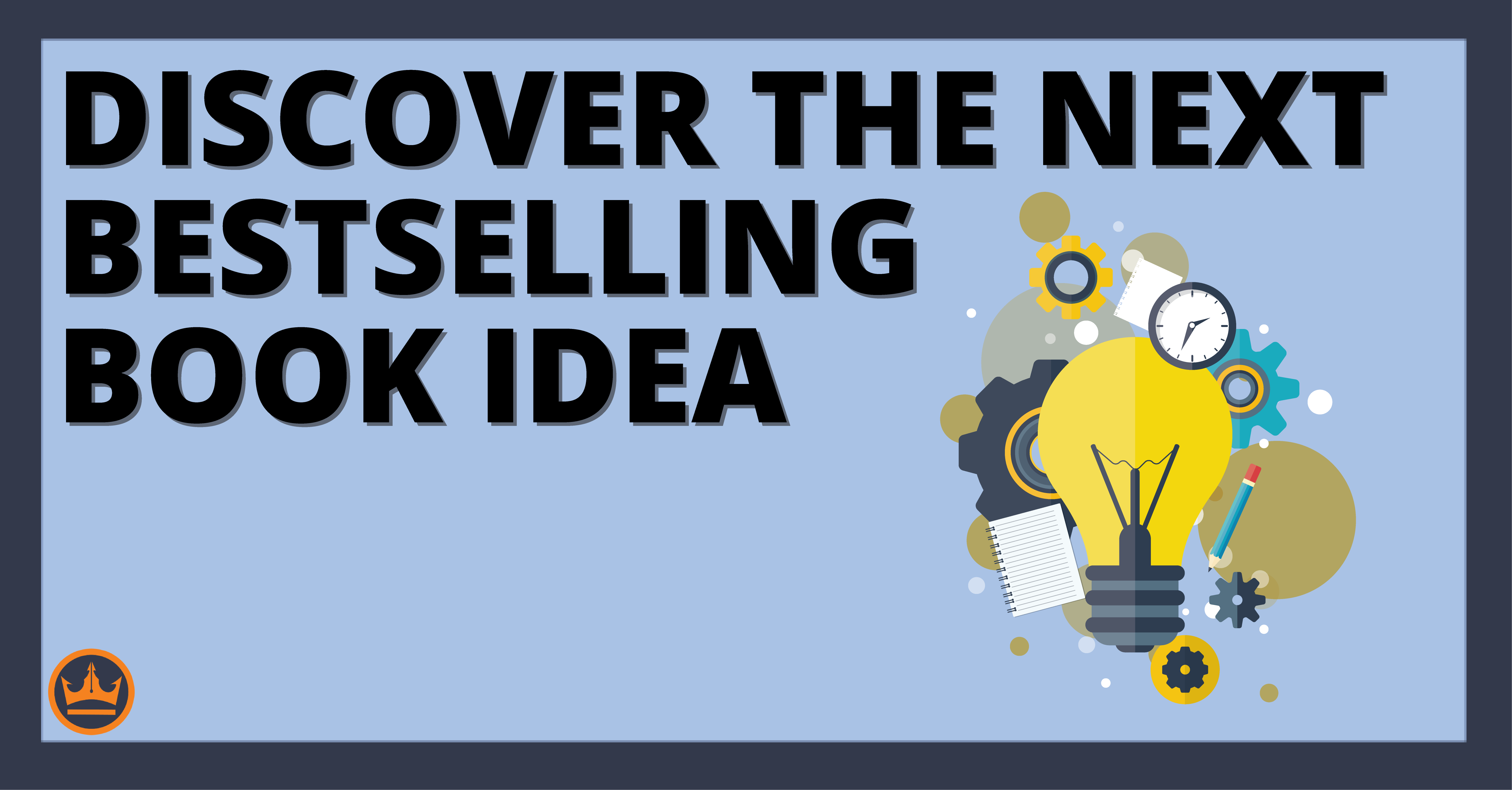

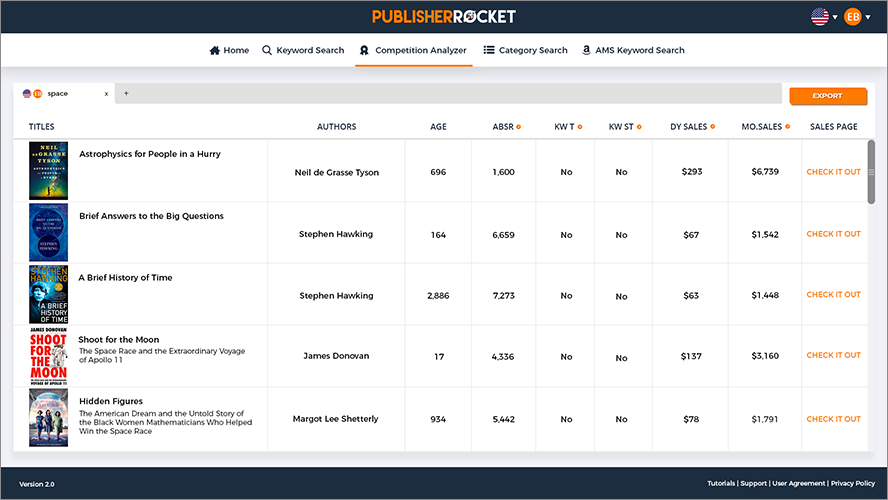
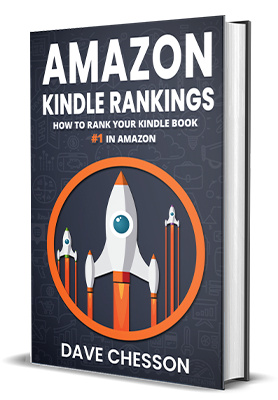
Hello ,
We are looking Amazon seller. We are Company base amazon product ranking expert. We can rank your product by specific keyword in Amazon 1st Page or any position for a ???? ?????? ??????. Maybe you know amazon change product ranking algorithm many products dropped from their position. Also we know well how to smoothly change the working stretagy. We are always updated with amazon’s latest terms of service and know well how amazon search engine works. We always provide 100% safety & guarantee for a stable rank. We’ll rank without any Purchase and Reviews as fake purchase are really very harmful for seller account and product according to Latest Amazon TOS!
Our Skype- rankinamazon
Email- rankinamazon@gmail.com
Thanks for reading
Hi Dave, I’m confused about something you referenced above: IMPORTANT NOTE: It is because of this that if you publish your book first on CreateSpace, and then publish a Kindle version, the CreateSpace book will rule and show up first on an “all categories” Amazon search.
Is it better to publish my CS or Kindle version first?
Thanks!
It depends on what version you think is better. For example, I once published a book that I KNEW would be a bigger seller on CS than Kindle – just because of the nature of the book and the demographics of the target market. So, I made the Kindle version MUCH cheaper than I normally would – thinking that they’d buy the CS version and also by the Kindle version since its so cheap and they could start reading while they wait for their paper book version. In this instance I found, through some experiments, that it was WAY better if the person saw the CS version in their results because my cheap Kindle price made people think it was a “sub-par book” and passed it. The only way to control that (initially) is to publish the one you want to automatically show up first, and then publsih the other version second.
I have since writing that article, also found that you can change this overtime. If people keep typing in a word into teh search bar, going to your book, and buying a particular version, that version will start to be the one that automatically show up. But initially though…it depends on what published first.
Very helpful, thank you! And btw, great podcast episode with Steve and Barrie over at Authority.pub. Great stuff.
Thanks Jeff, that means a lot to hear. I’m actually quite uncomfortable doing those which is why I shy away from interviews.
Never would have guessed that based on my listen (and all the videos you produce).
Thanks, but the thing with video is I get to hit edit over and over and over again…haha.
Ha! True.
Hi Dave, my book just hit Amazon and has 19 reviews but only two are “verified purchases.” The 2 Kindle-bought reviews are verified, but the other 17 paperback purchases aren’t. These are people who found my book (PDF) recently on Facebook when I was trying to create some buzz. Amazon obviously saw they bought the paperback on Monday and reviewed it on Monday – while CS is printing it! These are strangers who enjoyed my book enough to buy a copy and leave a review after they’d read the free PDF. These aren’t the ones I approached with, “I’ll give you a free copy in exchange for an honest review.” I have a few of those, too, and they all included the disclaimer in their review and never actually bought the book. Question: Have you seen this before? Will the reviews in question magically change to “verified purchases” in a few days when Amazon sees the book was delivered? Is there a way around this that you know of? I thought you’d be the guy to ask. I appreciate it! -Jeff
Jeff, the first question I’d have is how do you know that those “strangers” who downloaded the free PDF actually went and bought the paperback as well? Heck, even my friends don’t do that.haha. In all seriousness though, I always try to advise people to give a review after a day or two after they buy it during a launch if I gave out an advanced copy. This minimizes the chance of what just happened. Second, why did you have them do the paperback instead of just the ebook version? Both books are paired on the same sales page (hopefully) therefore, both types of reviews show up on the same page. With ebooks, they got it instantly and can therefore, justifiably drop reviews (plus most of the time the ebook is cheaper). Finally, I have seen reviews change over time from non- to verified. I’ve even seen where a review’s grade shows up but the review won’t for a couple of days later. Honestly, not sure why this happens but it does. I hope that helps.
Very helpful, Dave. I don’t know the majority of them, so I couldn’t give them any instructions, like “Buy the ebook, etc.” They got my free PDF through Fb a month ago. Two of them messaged me through Fb this week to say, “Hey, you don’t know me, but I read your PDF and bought the paperback last week so my husband could read it. Thank you for telling your story, yadda, yadda.” Then there are reviews with names I don’t know on my page, and it sounds like they definitely read the book. Yeah, the ebook and paperback are on the same page, and the price difference is $12. I could only guess as to why they’d opt for the paperback. I didn’t tell my group of beta readers to wait to leave a review, because I thought it didn’t matter. I assumed if they tagged their review with, “I was given an ARC of this book in exchange for an honest review,” they couldn’t count as a “verified purchase” anyway. Sounds like I was wrong on that count. Oh well, a good learning experience. Thanks for your detailed response!
Dave, how does this play out if you’re passing on an AFFILIATE LINK to the book to your people?
Talking to other authors, I’ve heard that they noticed reviews getting removed when they did the “amazon search and they coy the link” but not from affiliate links. This is observation and not science or statements from Amazon – so I can only venture the guess. The two things that come to mind is the following:
1. In Amazon Associate, they strip all links and give you a Affiliate link to the bare link. Therefore there is no perceived playing of the keyword game mentioned above. You aren’t attempting to “game their system” by having a keyword link that you send people. So, its the equivalence of sending someone a bare URL in their eyes.
2. By signing up for an Amazon Associate link, you are automatically complying with their rules and regulations. I’m sure they give you a benefit of the doubt for this.
Well, I was almost right on where to truncate, I just hadn’t tested to see if I need the “ref” and “ie” variable results or not. Those two had been the same when I’d done the search on both of my computers, only one of them is logged in to Amazon, which caused me to truncate the rest already. Also, the “qid” most likely stands for “Query ID”. I’m basing my guess on the fact that it changes, in an increasing manner, with every “query” submitted to Amazon’s search engine. That, and I did go to college for computer programming and I don’t have that much trouble parsing out what a variable is short for once I see what causes it to change.
[…] https://kindlepreneur.com/amazon-search-url-isbn-ref/ […]